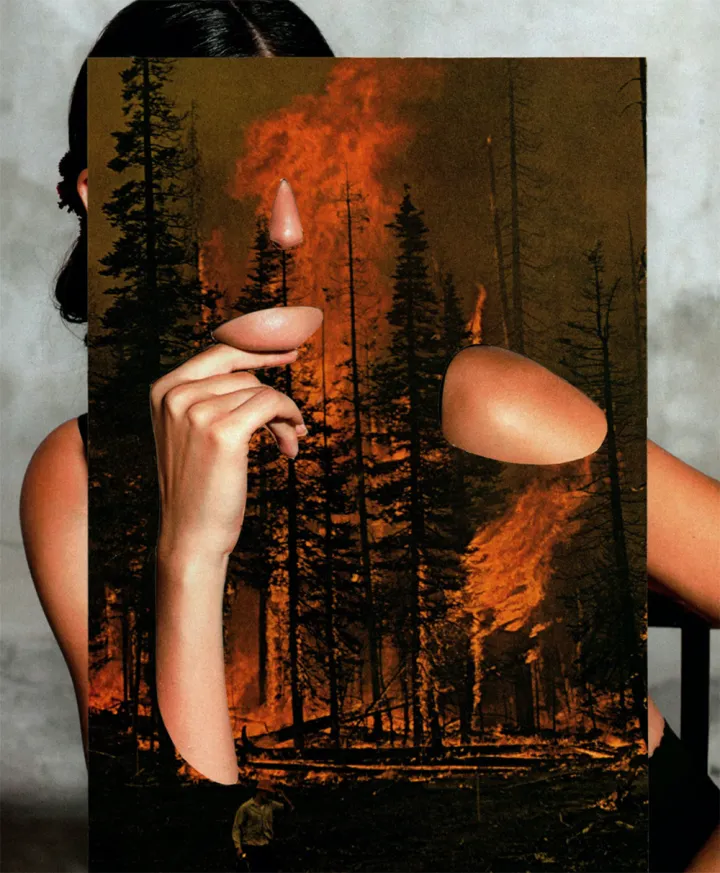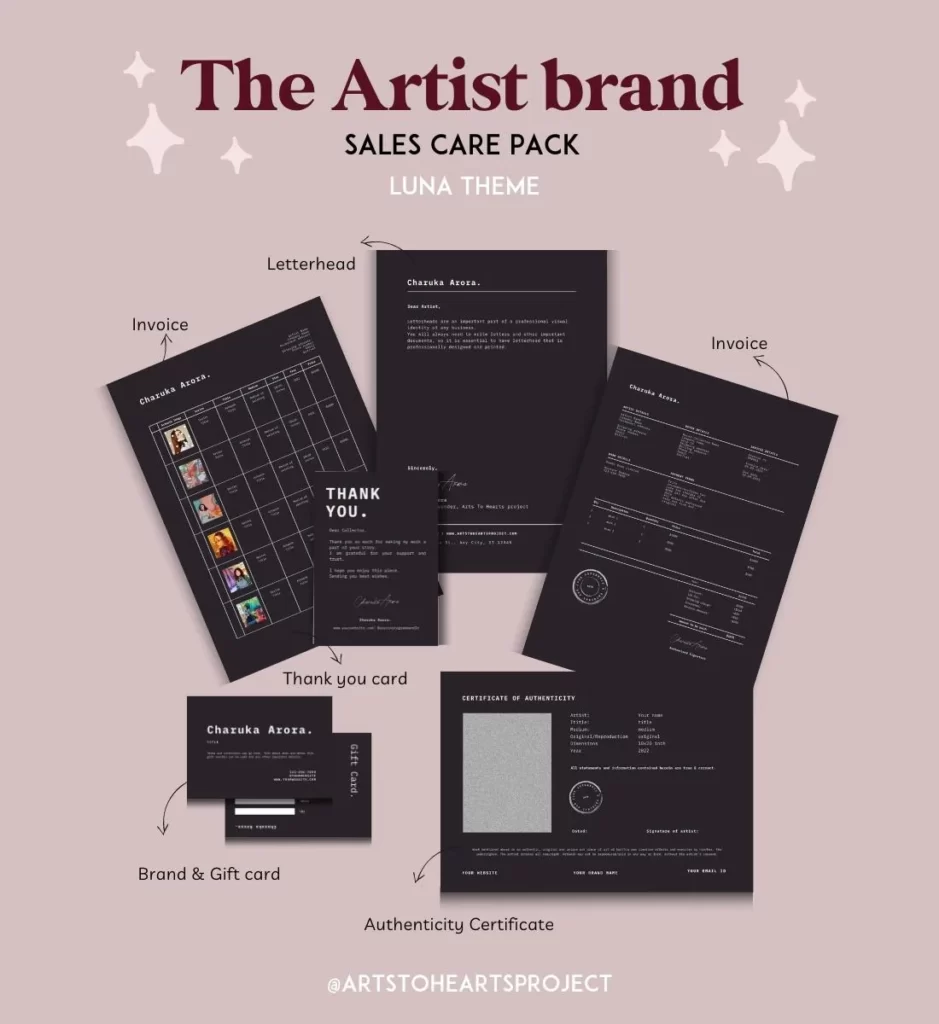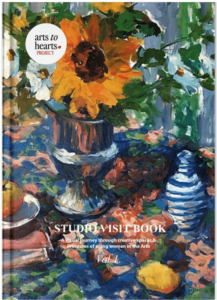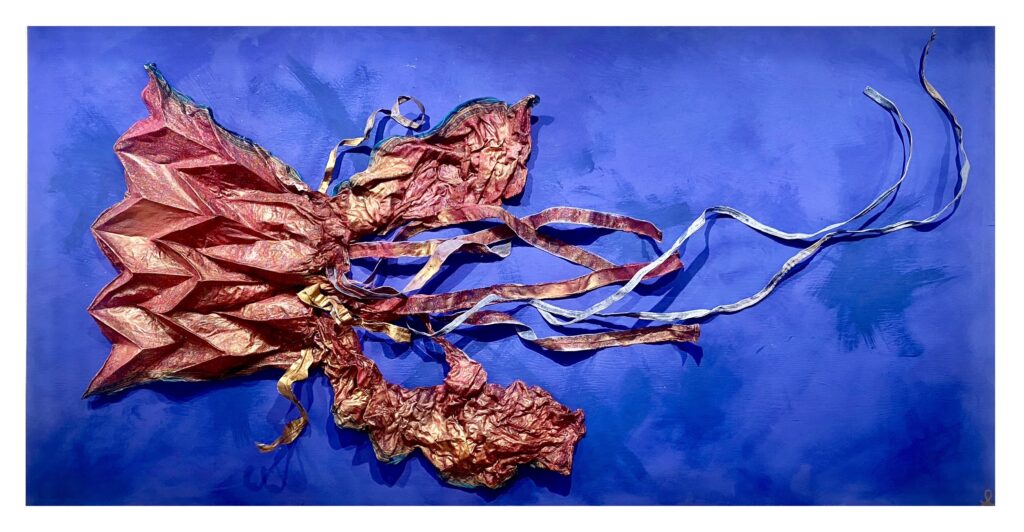
Do You Need a Certificate of Authenticity for Your Art?


Do You Need a Certificate of Authenticity for Your Art?
How important is it to include a Certificate of authenticity when selling your artwork?
When it comes to art, there are a lot of different opinions on what is and isn’t valuable. Some people believe that any piece of art can be valuable, regardless of who created it or how it was made. Others believe that only certain pieces of art are valuable and that a certificate of authenticity (COA) is necessary in order for a piece to be considered valuable. So, what is a COA, and do you need one for your art?
What is a Certificate of Authenticity (COA)?

A COA is simply a document that proves that a piece of art is genuine and has been authenticated by the artist. In other words, it’s like a birth certificate for a piece of art. Many people believe that a COA is essential in order for a piece of art to be considered valuable, but this is not always the case. Some people believe that as long as the art is genuine and has been created by the artist, a COA is not necessary.
Do you need a Certificate of Authenticity for your art?
It’s possible that many up-and-coming artists won’t bother with getting a COA because they don’t think it will help their careers. It may seem pointless at the moment, but keep in mind that it may be really useful in the future. So, why not get ready in advance?
If your career takes off and your work becomes in demand, you’ll need to be able to demonstrate that you are the rightful owner of any and all works of art generated up to that point. Your work will be safe from those who would steal credit for it. Former art buyers might use this method to get compensation for the price they paid for your work.
A direct invoice from the artist to the buyer is another acceptable form of proof of ownership, especially if the artwork was commissioned. Yet, many collectors and museums demand a COA as proof of authenticity. The Certificate of Authenticity (COA) is especially crucial when exhibiting artwork in a public gallery. If the work of art is sold, the COA should be taken along with the buyer to the gallery. That is why it is very important to have a certificate of authenticity for all the products and artworks that you made be it print, paintings anything, and everything.
The benefits of having a Certificate of Authenticity.
There are many benefits of having a certificate of authenticity but some of them are as follows:
One is to avoid having your artwork duplicated.
A certificate of authenticity can reassure a collector that the piece they have purchased is the real deal and not a fake.
Second, to up the price of both the original and any copies you make.
There is a common belief that a piece of art is worth more if it has a legitimate certificate of authenticity than if it does not.
Third, share vital data on your project.
Important details about the artwork, such as its title, dimensions, creator, creation date, and historical context and materials, might be included on a valid certificate.

How to create a Certificate of Authenticity.
Certificates of Authenticity (COAs) are required paperwork whenever artwork is being sold. Artists often feel lost when tasked with capturing such a crucial process, which might last from the outset of talks all the way through the closing of your perfect investment.
One important document you may need at this time is a COA; with these guidelines, you may make your own certificates quickly and easily while yet maintaining a credible air of authority.
The first step is to create a list of all the details that should be on the certificate.
The COA must contain:
- The title of the original artwork
- Dimensions
- the artist’s name
- Date of creation
- Include the media you utilized, the number of prints made (if applicable), and the reproduction rights (if applicable) for the work, as well as a link to your online portfolio.
After that, you should either locate a certificate of authenticity template or design your own. All your concerns about creating and obtaining an authentic certificate can be put to rest by using one of the many templates available in our ATH shop. You can find it by clicking the link below.
Third, after obtaining the template, complete the blanks with the appropriate data. Before you submit the certificate to the customer, please check it for errors.
Sign and date the certificate, and add any other information that may be important, such as your contact details or the name of your gallery or dealership.
Using the ATH Certificate of Authenticity template.
If you think your work is done once an Artwork is made, think again.
A whopping 57% of small and medium businesses get increased sales because of consistent & unified branding of their work.
A branding that instantly helps buyers recognize your brand and elevates their buying experience. That’s why it’s essential to have consistent & unified branding templates ready to go on hand.
But, many Artists & creative entrepreneurs struggle with how to make consistent visual branding that elevates their buyers’ experience.
Precisely, why we have made the “Artist Brand Bundle.”
It is a series of plug-and-play templates for you to give your creative business a professional & an elevated experience.
From invoicing to social media, we have intentionally designed templates that serve the needs of creators like you and us. So that you can truly focus on the work you love the most.
This Artist’s Brand:
Sales Care Bundle includes:
1- Gift Card
2- Thank you, Card
3- Invoice Template
4- Image list
5- Authenticity Certificate
6- Letterhead
And, a bonus Brand card!
These are easily customizable plug & play templates for beginners to advanced artists looking to up their game.
So what can be more exciting than this? Grab your business bundle pack now and start your journey like a pro.
So this is all you need to know about certificates of authenticity for art. If you need any further information, you can reach us by DM or email at [email protected]. We’ll be more than happy to help you. Till then, have a great week ahead and I’ll see you with the next article. Goodbye and keep creating the magic that you do.
Comments 2
Leave a Reply
You must be logged in to post a comment.


















Your article helped me a lot, is there any more related content? Thanks! https://accounts.binance.com/ph/register-person?ref=V2H9AFPY
Thank you for your sharing. I am worried that I lack creative ideas. It is your article that makes me full of hope. Thank you. But, I have a question, can you help me? https://www.binance.com/sk/register?ref=T7KCZASX